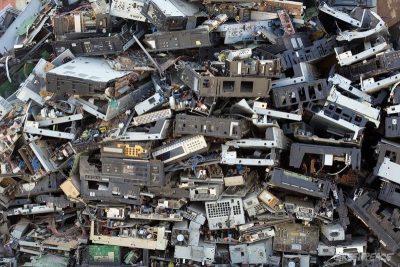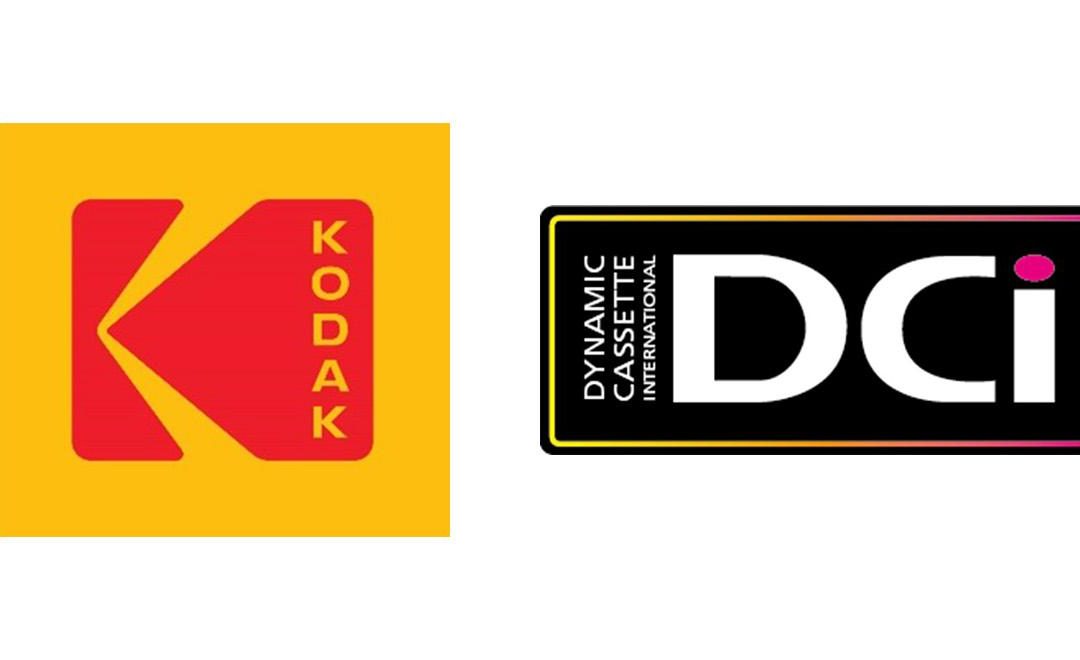An article in the Daily Nation reveals the extent of the environmental and health hazards being caused by Kenya’s growing levels of e-waste.
As the country becomes increasingly reliant on technology, the amount of electronic waste being discarded is described in the article as a “fast ticking e-waste bomb”, particularly as Kenya “lacks the capacity to dispose of the discarded items” and the harmful substances they produce.
Among these substances are lead, phthalates, hexavalent chromium and brominated flame retardants. While integral to the functioning of the devices, these toxic chemicals “come with serious health implications”, a fact known only too well by Godfrey Odhiambo of laptop repair shop, Cupid Electronics.
Odhiambo revealed that he “used to experience a lot of chest congestion and suffer stomach aches” after he launched his business in 2007.
“Handling these laptops is very complex because when you inhale the chemicals in them or you don’t wash your hands properly after handling them, your chest gets congested or your stomach gets upset,” he says.
These physical symptoms seem to tie in with the findings of a study conducted in China in 2011 and published in the Environmental Research Letters, which indicated that exposure to e-waste chemicals and fumes triggered “inflammation and oxidative stress”, which in turn could lead to “cardiovascular diseases, DNA damage and cancer.”
Samwel Matonda, the director of the Kenya Association of Manufacturers, has also noted that some e-waste items contain radioactive elements that are dangerous to both human health and the environment.
“The heavy metals or chemicals can cause diseases such as cancers and skin irritation in people who get into contact with them. Also, the chemicals can leak into rivers whose waters are used for irrigation, posing further challenges,” says Mr Matonda.
Unfortunately, as yet there is no clear legislation to help Kenya tackle its burgeoning e-waste threat, with an e-waste Draft Bill dating back to 2013 having been “stuck in Parliament” for over five years.
Adding to the concern is the “huge threat” of the rapidly developing solar energy industry, with the International Renewable Energy Agency (Irena) estimating that by 2050 “there will be 60 to 78 million cumulative tonnes of photovoltaic panel waste globally.”
As a result, Kenya’s need for a more structured e-waste management program and formal recycling facilities is clear.
Mr Justin Labby is managing director of Enviroserve East Africa, one such recycling company, which was launched in June 2017.
“Our ultimate aim is to get all e-waste materials out of landfills and into factories where they can be recycled,” Mr Labby explained.
“We are currently targeting the cooperate sector but as we develop, we will move to individual consumers,” he said.
To find out more about Kenya’s e-waste crisis, read the full article here.










